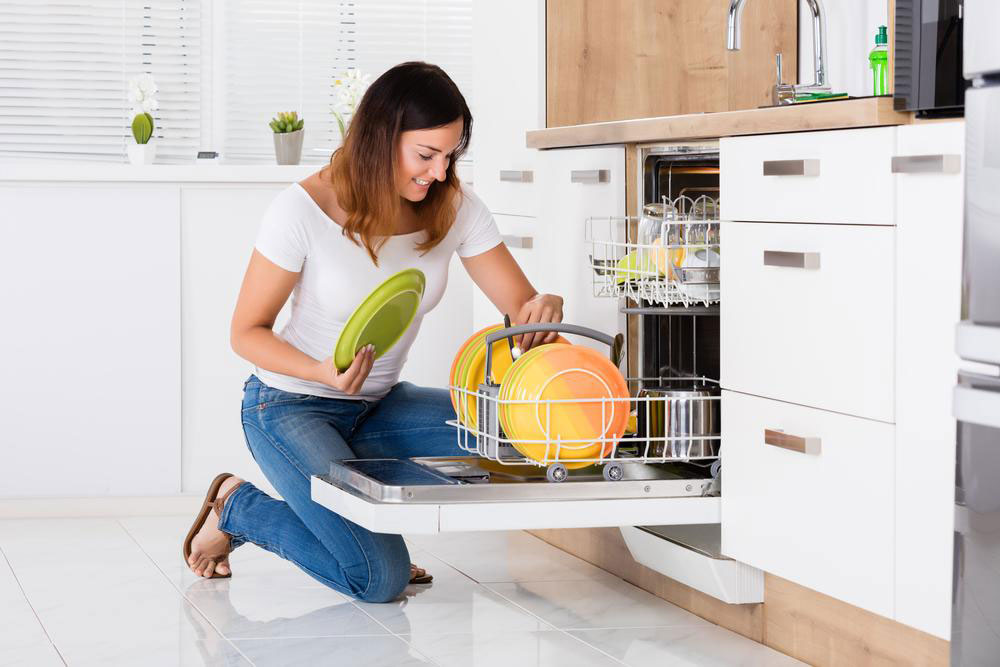Ultimate Interior Inspection Checklist for Buying a Used Car
This comprehensive guide provides extensive tips for inspecting the interior of a used car before purchase. From checking the odometer and upholstery to testing electronics and climate systems, it covers all essential aspects to help buyers make informed decisions. Proper inspection can uncover hidden issues, prevent future expenses, and ensure a smooth and safe ownership experience. Whether you're a first-time buyer or experienced car enthusiast, these detailed steps will help you identify quality vehicles and avoid costly mistakes. Protect your investment with thorough interior inspection knowledge.

Ultimate Interior Inspection Checklist for Buying a Used Car
Purchasing a used vehicle requires thorough evaluation to ensure you make a smart investment. While the exterior appearance can give an initial impression of the car's condition, inspecting the interior is equally critical. A detailed interior inspection helps uncover hidden issues that can affect your driving experience and future maintenance costs. From checking the odometer to test-driving the vehicle, every step should be methodical and comprehensive.
In this guide, we will walk you through all the essential aspects of interior inspection when considering a used car. These tips will help you identify signs of wear and tear, potential repairs, and real vehicle history, enabling you to make an informed decision.
Start by examining the odometer reading carefully. The mileage displayed on the dashboard provides crucial insight into the vehicle's usage and wear. Comparing the odometer reading with the car's manufacture date and service records can reveal discrepancies or signs of tampering. Ideally, the mileage should align realistically with the vehicle's age, and consistent increments over time are expected. An unusually low mileage combined with an older vehicle can sometimes indicate rolled-back odometers. However, low mileage doesn't always translate to better condition—other factors such as maintenance history play a vital role.
Next, focus on the interior surfaces, starting with the seats and upholstery. Use your hands to run over the fabric or leather, looking for tears, stains, or signs of excessive wear. Pay special attention to hidden or less-visible areas like the back of seats, the underside, and seams where damage can often go unnoticed. Sitting in each seat is an important step; check for comfort and assess whether the springs are worn out, which can result in a bumpy or uncomfortable ride. If the vehicle features heated or cooled seats, verify their functionality.
Testing the climate control system is essential. Turn on the air conditioning and heater while driving to ensure they operate smoothly and efficiently. Ask the seller about the coolant type used; for most newer models, R134a is standard. Properly functioning AC and heater systems contribute significantly to driving comfort and can indicate the overall health of the vehicle's systems.
In vehicles with electronic components, comprehensive testing is necessary. Check that all windows operate correctly, including automatic features. Inspect brake lights, turn signals, headlights, and interior lighting for proper function. Test the sensors involved in parking assistance or any driver aid features to confirm they respond appropriately. Faulty or malfunctioning electronic parts can be costly to repair or replace later, so their current condition matters greatly.
Additionally, assess the interior for signs of water damage or mold, which may indicate past leaks or flooding. Check the condition of the dashboard, steering wheel, gear shifter, and door panels for cracks, fading, or unusual wear. A well-maintained interior suggests careful ownership and can impact your overall impression of the vehicle's reliability.
Finally, take the vehicle for a test drive. Listen for unusual noises, vibrations, or smells. Test all controls and features to ensure seamless operation. During the drive, evaluate the handling, braking, and acceleration, and note any irregularities. Combining these observations with your interior findings helps determine whether the used car is a worthwhile purchase or if it may require repairs soon after buying.
In conclusion, a meticulous interior inspection is vital when purchasing a used car. It not only helps you verify the vehicle’s condition, authenticity, and maintenance history but also aids in negotiating the best price. Remember to combine interior checks with an exterior assessment and, if possible, professional inspection services for maximum confidence in your purchase decision. Investing time in proper inspection can save you from costly repairs and ensure a smoother, safer driving experience.





